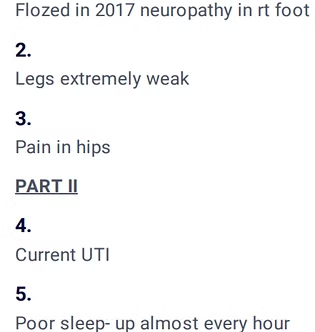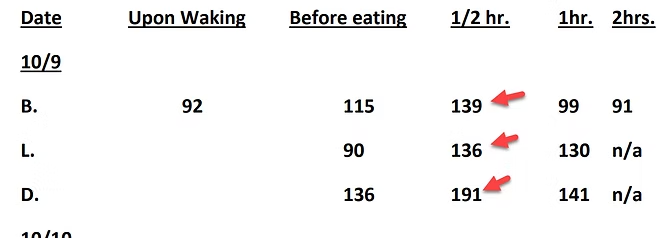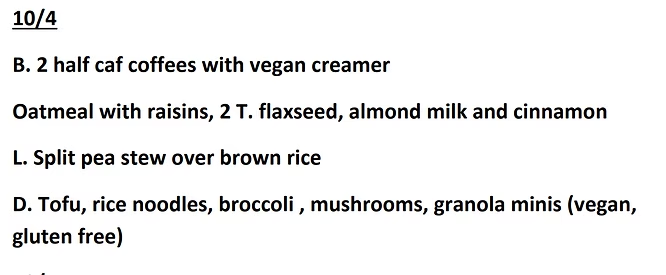Chronic UTIs and High Glucose
Chronic problems can put a major damper on your everyday life. Some chronic problems, such as UTIs, can be especially painful. Many chronic issues can be difficult to diagnose, making it extremely important to get to the root cause of the problem right away.
Below is a case study of a 75-year-old patient of mine who suffered from chronic UTIs. She came in with damage from antibiotics back in 2017 presenting as neuropathy in her foot. Additionally, her legs felt extremely weak, she was experiencing pain in her hips, and her sleep schedule was completely thrown off.
Blood Sugar Testing
One of the first things we checked were her blood glucose (or blood sugar) levels. This is always one of my first go-tos when I get a new patient, because an imbalance of blood glucose can cause many different problems.
Typically speaking, when we check blood sugar levels we want between 85 and 120. Anything outside of this range often results in inflammation, which can cause a wide range of problems.
In her particular case, I noticed an issue with her blood sugar levels 30 minutes after eating a meal. She was experiencing a spike after every meal, signaling sugar dysregulation. Any time you have a problem already going on in your body, problems with your sugar regulation will make it worse.
How Blood Sugar Relates to UTIs
You may be wondering how blood sugar levels are connected to chronic UTIs. Bacteria love glucose. In fact, sugars are one of bacteria’s favorite foods. The simplest way to resolve this issue is by eating less sugars and focusing on high quality proteins and healthy fats.
While tracking her blood sugar levels, I also had this patient keep a food journal. This allowed us to see exactly what foods were causing her glucose levels to spike. On her first day of tracking her foods she had almost no good proteins and healthy fats. In fact, the majority of her diet consisted of carbs. These carbs get digested into sugar, which is then passed into the blood. Excess sugar is filtered from the blood into the urine, allowing the bacteria to feed.
Solving Her Problems With Diet
This pattern of carb-heavy meals went on throughout most of her days. When the patient came to me with all of these sugar spikes, we were able to pinpoint exactly what the cause was by looking at her journal.
As a side note, we also checked her labs for ferritin levels. Ferritin is another marker of inflammation, however this one is related to iron in the blood (another snack for bacteria). On a healthy readout, I like to see the range between 40 and 80.
This patient’s ferritin levels were at 255. Ferritin can also be heavily influenced by diet, and is easy to manipulate. Roughly 20% of my clients end up having high ferritin levels. The problem is that ferritin is quite often overlooked in the conventional medical system.
Once we knew the cause of her problem was likely diet related, we were able to put her on a wellness plan that included more proteins and healthy fats. She quickly began to improve, and she is still improving a lot to this day.
Frequently Asked Questions (FAQ)
Chronic UTIs in older adults are often linked to factors like blood sugar imbalances, weakened immunity, and dietary issues that feed bacterial growth.
High blood sugar creates excess glucose in the urine, which bacteria feed on, increasing the risk of chronic UTIs.
A diet higher in proteins and healthy fats, while reducing sugar and processed carbs, can help stabilize blood sugar and reduce bacterial growth that causes UTIs.
Ferritin is a marker of inflammation and excess iron, which bacteria also feed on. Checking ferritin levels helps identify overlooked causes of chronic problems like UTIs.
Yes, improving diet by lowering carb intake and focusing on nutrient-rich foods can stabilize blood sugar and inflammation, often reducing chronic UTI symptoms.











